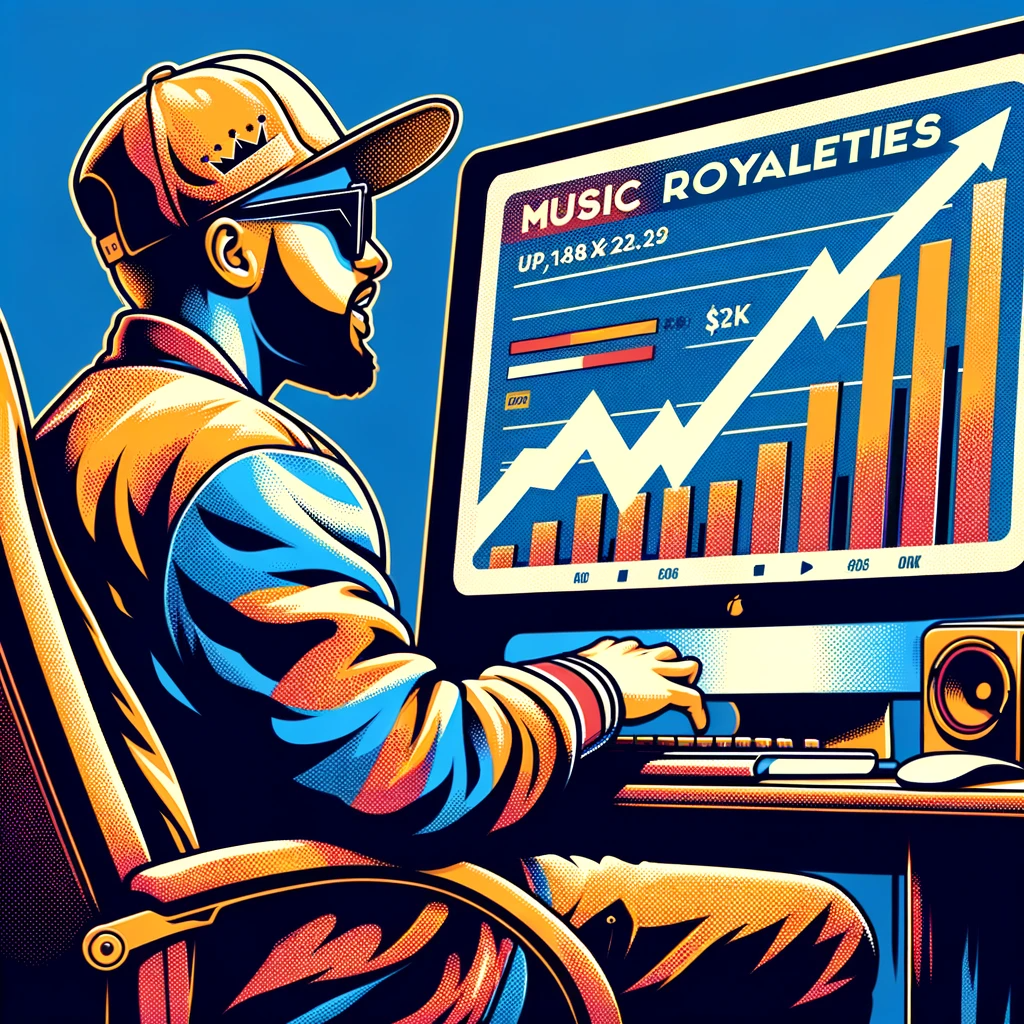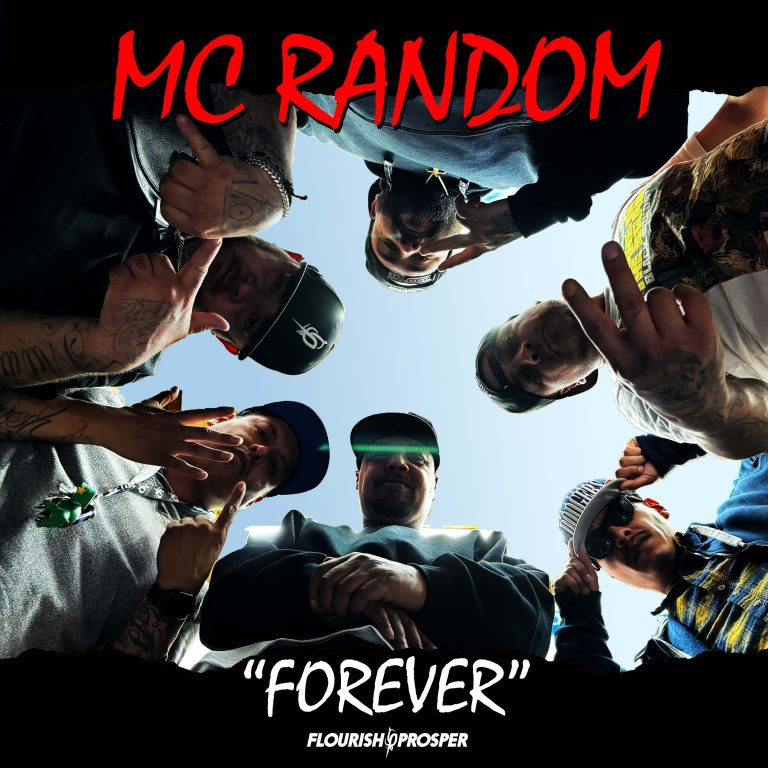Understanding Music Royalties for Independent Artists
Decoding Music Royalties for Indie Artists
Music royalties are payments that rights holders – typically songwriters, composers, and publishers – receive whenever their music is used or performed publicly. As an independent artist, it’s crucial to understand that when you create an original piece of music, you’re also creating intellectual property which is eligible for these royalties. The specific types of royalties include mechanical, performance, sync, and print music royalties.
Mechanical royalties come from the reproduction of your music through CDs, vinyl, digital downloads, and streaming platforms. Performance royalties are collected when your music is performed in public, such as on radio, television, bars, restaurants, or live concerts. Sync royalties are received when your music is used as a soundtrack in movies, television shows, commercials, or video games. Finally, print music royalties are the least common in the digital age and apply when your music is transcribed to a print format.
Navigating Royalty Collection Processes
Collecting these royalties can be a complex process due to the various entities involved. In the United States, for example, mechanical royalties are often collected by the Harry Fox Agency while performance royalties are typically collected by Performance Rights Organizations (PROs) such as BMI, ASCAP, or SESAC. It’s important to register your music with these organizations to ensure you’re receiving all deserved revenues.
Sync royalties, on the other hand, are usually negotiated case by case and not collected by any single entity. You may need to network and form relationships with music supervisors or sync agencies to land these types of deals.

Maximizing Your Royalties as an Independent Artist
As an indie artist, understanding your rights and how to collect your royalties is essential to make the most of your music career. You need to be proactive in registering your music with the relevant royalty collection organizations in your territory. Also, it’s advisable to educate yourself about the industry’s licensing practices to take advantage of sync royalties.
Moreover, having a good understanding of how streaming platforms calculate and distribute royalties can help optimize your earnings in this flourishing sector of the music industry. Each platform has its own royalty system, and being knowledgeable about them can contribute significantly towards maximizing your income.
Remember, knowing your rights and acting on them is the key to ensure you’re reaping all the rewards from your hard work and talent.
Different Types of Music Royalties: An Overview
Music royalties are an essential component of the music industry, offering various streams of revenue for artists, songwriters, and producers. These royalties can be broadly classified into four primary categories: Mechanical Royalties, Public Performance Royalties, Synchronization Royalties, and Print Music Royalties.
Mechanical Royalties
Mechanical royalties are fees that music users pay to music creators for the right to reproduce their music in some physical or digital form. For example, when a record label or an independent artist releases a CD, or a download on digital platforms such as iTunes, the songwriter and their publisher are owed a mechanical royalty. These fees are usually negotiated through the Harry Fox Agency or directly between the interested parties.
Public Performance Royalties
Public performance royalties are generated whenever music is played publicly. This term is broadly defined and includes instances such as music played over the radio, in a restaurant or bar, or live performances. For independent artists, these royalties are collected by Performing Rights Organizations (PROs), like ASCAP, BMI, or SESAC, who then distribute the money to the rights-holders.
Synchronization Royalties
Synchronization royalties, often called “sync” royalties, come into play when music is used in conjunction with visual media – for instance, a film, TV show, commercial, video game, or online streaming. The music creator is paid a fee (the sync royalty) for permission to “sync” their music to a particular piece of visual media. This kind of deal is typically negotiated directly between the rights-holder and the production company.
Print Music Royalties
Print music royalties, while not as common as the others since the advent of digital music, are still relevant. They are generated when a piece of music is transcribed to a printed form, such as sheet music, and that printed music is sold. The royalties are paid to the songwriter and their publisher based on sales of the sheet music. With the rise of digital sheet music sales, print royalties continue to provide a source of income for many artists.
Understanding these different types of music royalties will help independent artists navigate the complex landscape of the music industry and maximize their potential earnings.
How to Maximize Your Music Royalties as an Independent Artist

Understanding Your Revenue Streams
As an independent artist, it is vital to understand that your music royalties are divided into different revenue streams. These major streams include mechanical royalties, performance royalties, synchronization royalties, and print music income. Mechanical royalties are derived from the sale of physical copies or digital downloads. Performance royalties come from public performances of your work, while synchronization royalties are generated when your music is used in TV shows, films, commercials, or video games. Print music income includes money made from sheet music and lyric prints.
Register with a PRO
One effective way of maximizing your music royalties is by joining a Performing Rights Organization (PRO). PROs such as ASCAP, BMI, or SESAC collect performance royalties whenever your music is played on radio, TV, in concert, or even on public systems in businesses. You should also consider joining a mechanical rights organization like Harry Fox Agency for your mechanical royalties. Remember to register your songs accurately to ensure that you receive all the royalties you are entitled to.
Leveraging Digital Platforms
In the modern digital era, various platforms such as Spotify, Apple Music, YouTube, and others play a crucial role in the compensation of artists. Ensure that you distribute your music on these platforms to reach a broader audience. Additionally, it is important to use specialized services like SoundExchange which collects digital performance royalties for non-interactive streaming services. Be aware of services like Bandcamp that allow you to sell your music directly to fans, which can be another valuable source of income.
Remember, as an independent artist, the responsibility to track and collect your music royalties lies primarily with you. So, make sure you stay informed, organized, and proactive in managing your music career.
Common Mistakes Independents Artists Make Regarding Music Royalties
Failure to Register with a PRO
One common error that independent artists often make is not registering with a Performance Rights Organization (PRO). These are organizations like ASCAP, BMI, and SESAC in the United States. These organizations collect royalties on behalf of songwriters and publishers for public performances of their music, such as on radio, television, clubs, restaurants, and online streaming. Not being part of a PRO can result in significant financial losses in your potential earnings from music royalties.
Misunderstanding Digital Royalties
Another common mistake is misunderstanding how online streaming and digital sales deliver royalties. Many independent artists focus largely on physical music sales or downloads, overlooking the importance of digital streams. With the evolution of the music industry, streaming platforms such as Spotify, Apple Music, and Pandora have become principal sources of income for many artists. Neglecting these platforms may mean missing out on substantial performance and mechanical royalties.
Overlooking Copyright Registration
Additionally, some artists forget or neglect to formally register their music with the U.S. Copyright Office. While copyright exists from the moment the music or lyrics are created and fixed in a tangible form, registering it provides legal evidence of your ownership. Skipping this step can create complications and potential losses in the event of copyright infringement disputes.
Not Tracking Royalty Sources
Lastly, failing to monitor and keep track of all potential royalty sources is a common oversight. Royalties aren’t only generated from music sales or radio plays. They can come from a variety of sources like synchronization deals (when music is paired with visual media), covers by other artists, samples, live performances, and public uses of your songs. Being unaware of these sources can result in lost income for indie artists.
Exploring Tools and Resources to Track and Collect Music Royalties
Understanding Various Music Royalty Collection Services
There is an array of tools and resources available for independent artists to track and collect their music royalties. Primarily, these services fall under four categories: Performing Rights Organizations (PROs), Mechanical Licensing Agencies, Digital Collecting Societies, and Song Registration Services.
PROs like ASCAP, BMI, and SESAC collect performance royalties for songwriters and publishers when a song is performed publicly – on radio, television, or live venues. In contrast, Mechanical Licensing Agencies such as The Harry Fox Agency manage mechanical royalties that are due when songs are reproduced (on CDs, digital downloads, or streams).
Digital Platforms and Their Role in Royalty Collection
With the advent of digital music, Digital Collecting Societies like SoundExchange have emerged. They focus on collecting digital performance royalties when your recorded music is played on digital platforms such as internet radio, satellite radio, or webcasts.
Another key player in the virtual domain is song registration services such as TuneRegistry and Songtrust. These platforms help artists guarantee they are collecting all the global royalties they’re entitled to.
Specialized Tools for Monitoring and Tracking Royalties
Besides these primary services, independent artists can use specialized tools that provide a granular breakdown of royalty data. For instance, Royalty Exchange is a platform where artists can sell a portion of their future royalties to investors. This not only enables artists to obtain immediate funds but also provides transparency on estimated royalties.
Additionally, services like Kobalt’s AWAL and Amuse provide detailed analytics about your stream counts, listener demographics, and payout per stream. Such insights can help you focus on the market segments where your music resonates the most.
Remember, proving song ownership, registering your works with all necessary organizations, and monitoring your earnings are crucial to making sure you’re being paid correctly for your music. Given the complexity of the music royalty system, using these tools and resources can simplify the collection process and ensure you’re maximizing your earnings.
Looking for a trusted and knowledgeable agency to help market your music career?
Contact us at + 1 626 872-5151 or info@flourishprosper.net
Or Checkout our website at flourishprosper.net




